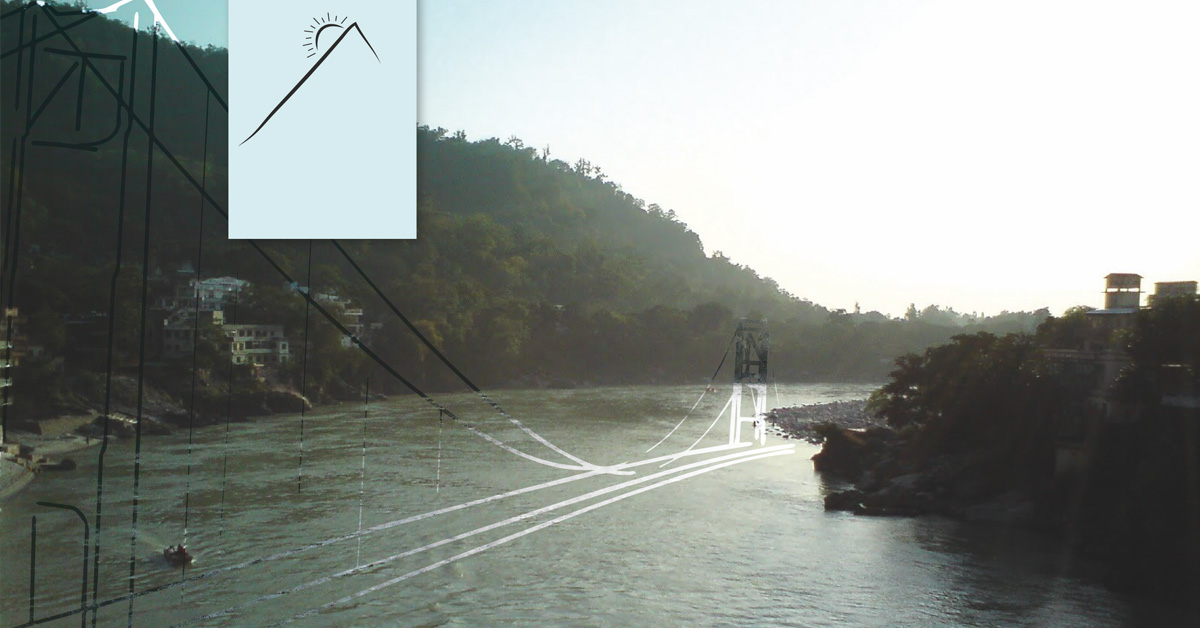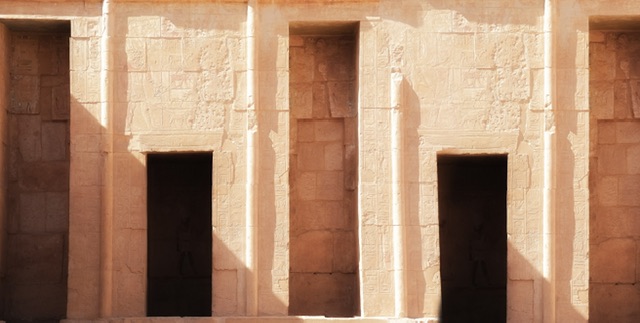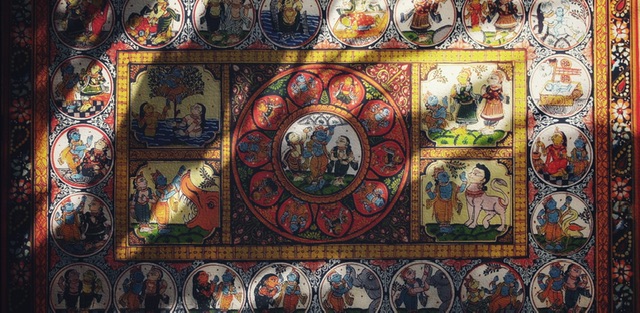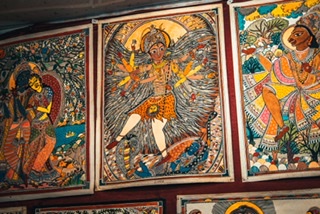Ganga has been called as the Tirath of Kaliyug. This Tirath is fast receding. It is said that once Ganga retreats completely, Kaliyug will end a few years after that. In this series of articles, we will attempt to trace the epic journey of Ganga, from Gomukh to Gangasagar. Har Har Gange!
Having traversed its journey through the lofty Himalayas, Ganga reaches the Gateway of Garhwal, Rishikesh, from where it flows into the plains of Northern India, making them the food bowl of India.
The Historic Town
The name Rishikesh is attributed to Lord Vishnu, having blessed this land with his incarnation as Lord Hrishikesh, or the Lord of Senses, as a reward to the penance of Rishi Raibhya. The historic town finds mention in the Skanda Purana as ‘Kubjaamrak’ as Lord Vishnu appeared under a mango tree. It is also known as ‘Agni Teerth’, as Lord Agni performed penance here for expiation of his sins.
Rishikesh, sometimes nicknamed, ‘Yoga Capital of the World’, has been visited time and again by rishis and yogis for tapa and sadhna. Shatrughna Mandir, Bharat Mandir and Lakshman Mandir are among the ancient temples established along the banks of Ganga by one such Yogi, Adi Shankracharya.
Lakshman Jhula & Ram Jhula
Lakshman Jhula is located 5km north east from the town of Rishikesh. The bridge connects Tapovan village in Tehri Garhwal to Jonk village in Pauri Garhwal. Kedarkhand of Skanda Purana states that Lord Ram performed penance in Rishikesh for victory over Ravan. The Lakshman Jhula stands at the point where Lakshman, his younger brother, crossed Ganga using a jute rope bridge. The jute rope bridge was replaced by iron suspension bridge in 1889, which was subsequently replaced by a yet stronger bridge, after it was washed away in 1924 floods.
Another suspension bridge, Ram Jhula was also built in 1986, 3km north east of Rishikesh. The bridge connects Sivanand Nagar of Muni ki Reti in Tehri Garhwal to Sawrgaashram in Pauri Garhwal.
Muni ki Reti
Literally translating as ‘sand of the sages’, Muni ki Reti is a town close to Rishikesh, traditionally considered the gateway for Char Dham Yatra (Badrinath, Kedarnath, Gangotri, Yamnotri). It is also remembered as the penance grounds of King Bharat of Ramayana.
Triveni Ghat
One of the biggest and most famous bathing ghats in Rishikesh, Triveni Ghat is built in a step like structure and is known for its Ganga Arti performed at sunset.
Neelkanth Mahadev Temple
Situated at a height of 1330m, about 32km from Rishikesh, Neelkanth Mahadev Temple is dedicated to the Neelkanth aspect of Lord Shiv. It is surrounded by dense forest, amid the valleys of Manikoot, Brahmakoot and Vishnukoot, and adjoining Nar-Narayan mountain ranges to witness the confluence of Pankaj and Madhumati rivers. According to legends, Lord Shiv consumed the halalal (poison) that came out of churning of the ocean by devs and asurs at this location.
Vashishta Guha
Guha means a cave. Vashishta Guha, located at a distance of 22kms from Rishikesh, is believed to be the cave where legendary Rishi Vashishta (and many later rishis and yogis) performed penance. Five minutes away from this cave is the Arundhati Guha, the cave where his wife, Arundhati, performed penance.
Editor’s Note
A word of caution, these places are not for tourism and must not be frivolously approached for “fun”. The energies in these places are conducive for sadhaks and those treading the path of their Guru to further their own spiritual journey on the path. If they are used for social outings then you will disturb the energies there and bring misfortune to yourself. The various calamities that happen at such places are ample proof of this. These places are for vairagya and moksh, not for fun and games.
If you want to complete a sadhna without disturbances for your spiritual evolution, then these places are ideal for you.





